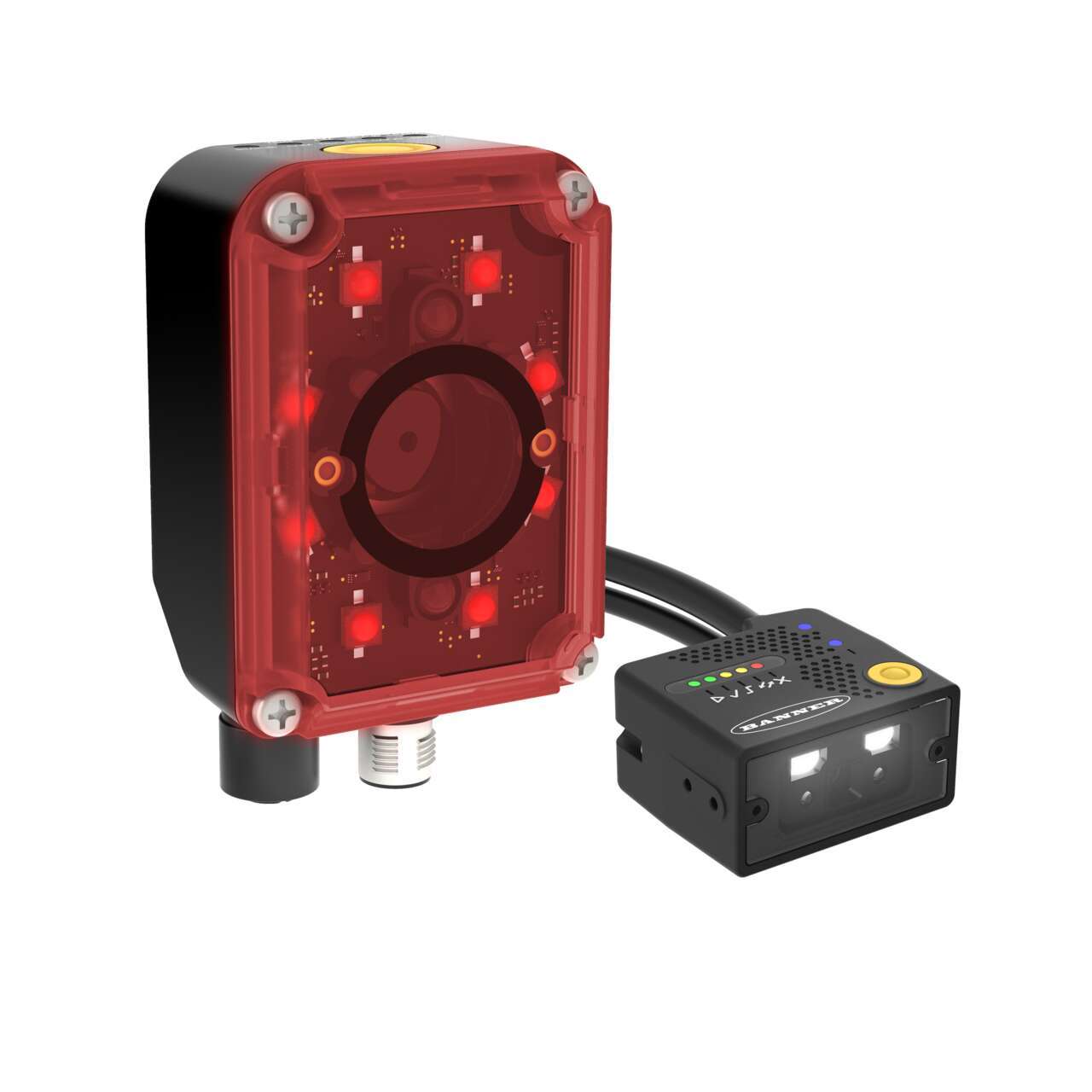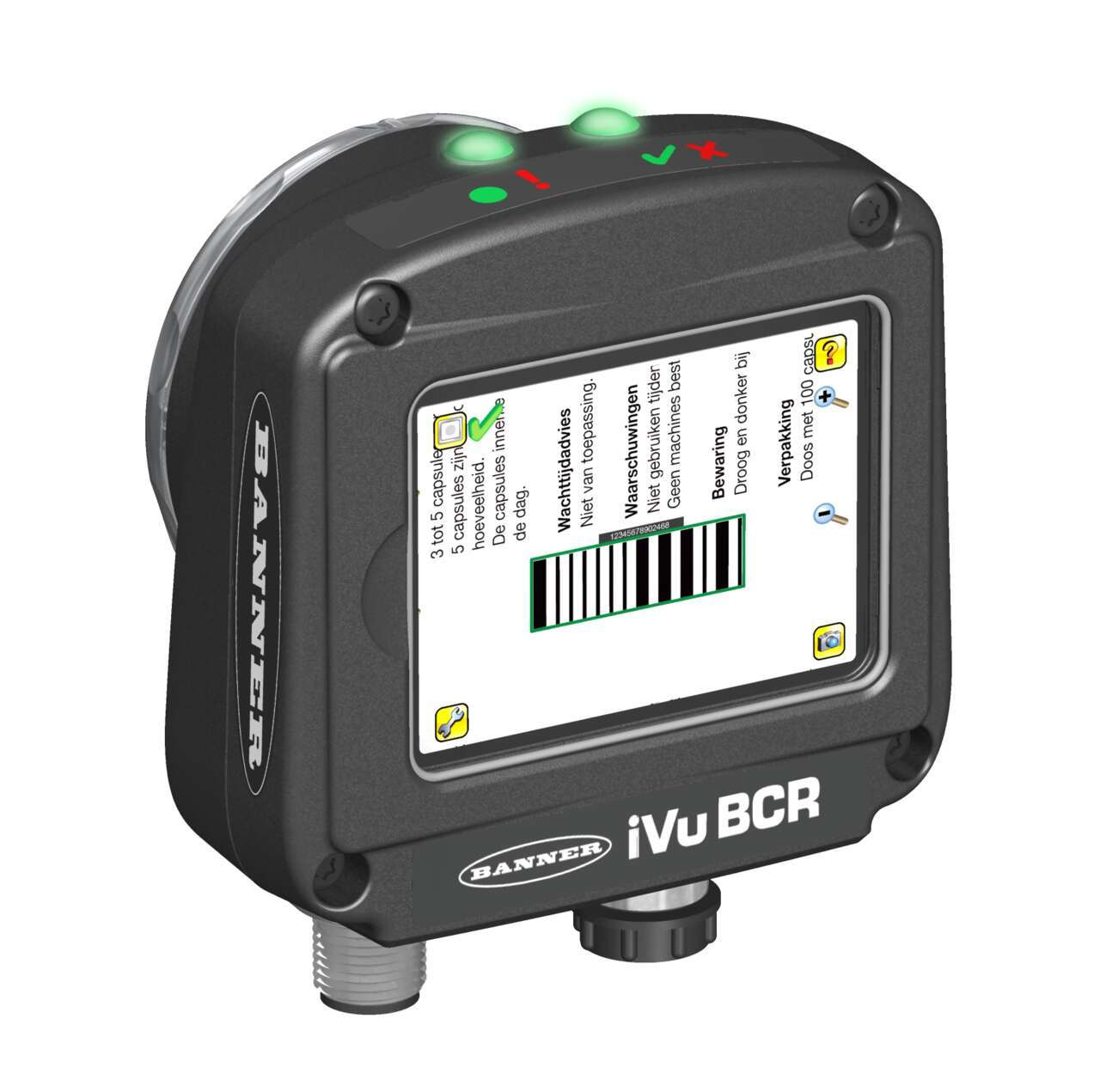Track and Trace for Product Recall
Mitigate Damages with Accurate, Timely Recalls
An important goal for any manufacturer is to avoid product recall. Recalls are costly, in terms of both actual costs of repair, replacement, or buy-backs as well as the cost of a tarnished brand reputation.
Implementing quality control solutions can help reduce the risk of product defects and safety hazards; however, even the most effective quality control does not eliminate all risk.
Recalls happen, and when they do, it is critical that manufacturers are prepared to respond quickly by identifying affected products and issuing a timely recall to mitigate damages.
When recalls occur, a manufacturer's response can make or break its reputation, and by extension, impact customer loyalty and future profits.
Manufacturers must act quickly and recall all affected products that have already been purchased. In some cases, manufacturers must be able to quickly pull affected inventory from their own shelves, distribution centers, and retail establishments. In other instances, like in many automotive recalls, consumers may need their purchases repaired in a timely manner. Furthermore, to prevent unnecessary costs, manufacturers must avoid inadvertently recalling unaffected products.
Track and trace solutions help manufacturers execute recalls quickly and accurately, so that affected products can be repaired or removed from the market, and the issue can be resolved quickly.
These solutions depend on reliable identification of individual products throughout the supply chain—most commonly by scanning barcodes at every stage from production to purchase. Track and trace solutions are only as reliable as the devices that scan the codes, so selecting the appropriate identification technology is critical.
Track and Trace for Food Safety
- In food packaging, barcodes are embedded with information specific to each product and production run in order to identify products throughout the supply chain.
- As part of a track and trace program, a packing house verifies product barcodes at multiple points during packaging, creating a record that will allow the company to quickly identify and isolate any product with quality issues in the event of a recall.
- Imager-based barcode readers, like the ABR 3000 from Banner, are capable of decoding the widest range of 1D and 2D barcodes. Deployed along the packaging line, the ABR 3000 verifies that the barcode printed on each package is present, readable, and correct for each production run.
- The information contained in the barcodes is sent via an Ethernet connection to the company’s production management system which records the data for future referrence.
Track and Trace for Automotive Components
- Many automotive suppliers are incorporating Ultra Violet (UV) barcodes for component traceability and quality control.
- The technology uses UV-based ink that is only visible to the human eye when illuminated with a UV light source. Suppliers can store key informationin a small code printed directly on the component, without affecting design or aesthetics.
- In the event of a recall, codes can be scanned to verify that components were installed and tested in compliance with standards.
- In this application, an iVu BCR barcode reader with a C-mount lens, UV spotlight, and Ethernet capabilities can be used to read invisible 2D Data Matrix codes and send data via EtherNet/IP to a PLC for error proofing and traceability.
Track and Trace for Pharmaceutical Packaging
- Traceability is only effective for facilitating recalls if the correct codes are attached to the correct products. Therefore, validating codes prior to shipment is critical.
- In the pharmaceutical industry, medical supplies are often individually packaged in sealed pouches.
- Before product can be shipped, the barcodes must be validated to ensure that the correct barcode is affixed to the correct product for accurate traceability.
- An imager-based barcode reader validates each barcode and sends data via Ethernet IP to a PLC for future reference in case of recalls.
Imager-Based 1D and 2D Barcode Reader
Los lectores de códigos de barras de la serie ABR ofrecen una capacidad de decodificación superior para resolver las aplicaciones de rastreo más difíciles. Están disponibles en dos formatos compactos, múltiples configuraciones de iluminación, una variedad de espacios sin interrupciones: soluciones U + 00A0 y numerosas opciones de lentes.
- Lee una biblioteca completa de códigos de barras 1D y 2D
- Dos factores de forma compactos con una clasificación de hasta IP67 para su uso en entornos industriales
- Resoluciones de hasta 2MP y múltiples configuraciones de iluminación y longitudes focales de lente, incluyendo el autoenfoque, para adaptarse a cualquier aplicación
- Modelos para aplicaciones difíciles, incluyendo la lectura del código DPM y las ventanas polarizadas
- Se configura en minutos usando los pulsadores de a bordo o un PC con un completo gestor de códigos de barras
- Las versátiles opciones de lentes, incluyendo el autoenfoque ajustable por software, simplifican la instalación y la configuración
- Configurar a través de Ethernet Industrial, Serial y USB para simplificar la integración del dispositivo y permitir la recolección de datos del IIoT
- Interfaz web para supervisar, configurar y revisar las estadísticas a distancia en cualquier red
Imager-Based 1D and 2D Barcode Reader
Los lectores de códigos de barras de la serie iVu BCR combinan potentes capacidades de decodificación con facilidad de uso para resolver aplicaciones de trazabilidad desafiantes. Estos lectores de códigos de barras versátiles están disponibles con una variedad de opciones de lentes, iluminación e interfaz de usuario.
- Lee una amplia gama de códigos de barras 1D y 2D, incluidos códigos dañados, distorsionados y otros códigos difíciles de leer
- Capaz de leer múltiples códigos de barras en cualquier orientación en una sola inspección
- Configure, gestione y supervise las inspecciones mediante una pantalla táctil integrada, una pantalla táctil remota o una interfaz de PC
- Los protocolos de comunicación serial y Ethernet simplifican la integración de dispositivos y permiten la recopilación de datos IIoT
- Carcasa resistente con clasificación IP67 ideal para espacios reducidos y entornos industriales
- Numerosas opciones de iluminación integradas simplifican la instalación y optimizan el contraste
- Lentes intercambiables, que incluyen una amplia gama de opciones estándar y de montura C para satisfacer las necesidades de cualquier aplicación
TCNM Series
Laser-Based 1D Barcode Scanner
Capaz de decodificar más de una docena de símbolos de código de barras lineales usados comúnmente, el escáner de código de barras TCNM proporciona velocidades de lectura rápidas, gran profundidad de campo y alta resolución.
- Lee más de una docena de los códigos de barras lineales más comunes
- Completa de 500 a 1,000 escaneos por segundo
- Configuración esencial y operaciones de diagnóstico utilizando el botón SMART-TEACH y los LEDs indicadores
- Un algoritmo de reconstrucción de código combina múltiples escaneos para reconstruir la información de códigos dañados
- Software GeniusPlus para configuración de escáner de código de barras
- Conecte varios escáneres juntos en una aplicación utilizando redes de múltiples cabezales
- Robusta carcasa IP65











